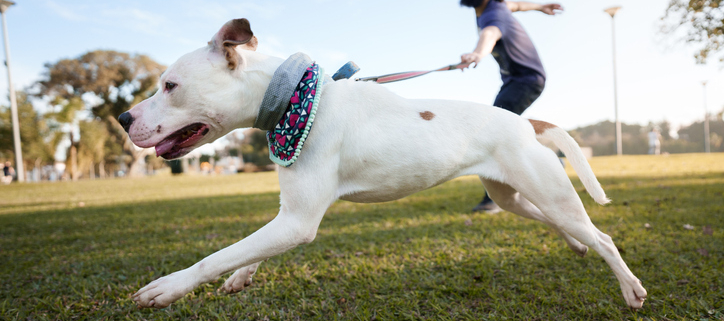LEASH REACTIVITY
Dog leash reactivity is a common behavioral issue observed in many dogs, characterized by their exaggerated response to stimuli while on a leash. This behavior often manifests as barking, lunging, or aggressive posturing towards other dogs, people, or various environmental triggers. While leash reactivity can be challenging and stressful for both the dog and the owner, understanding its causes and implementing effective training methods can help manage and improve this behavior.
Several factors contribute to leash reactivity in dogs. Lack of socialization during the critical developmental period, traumatic experiences, fear, anxiety, or frustration can all play a role in triggering reactive behavior. Dogs may also display leash reactivity due to a strong desire for social interaction or due to feeling restrained and confined by the leash, which can increase their stress levels.
Managing leash reactivity requires a multifaceted approach. Patience, consistency, and positive reinforcement-based training techniques are key components in addressing this issue. Desensitization and counter-conditioning methods involve gradually exposing the dog to triggering stimuli at a distance where they remain calm and rewarding them for calm behavior. Over time, the distance is decreased as the dog becomes more comfortable, reinforcing positive associations with the previously anxiety-inducing stimuli.
Another important aspect of managing leash reactivity is the role of the handler. Remaining calm and composed during walks is crucial, as dogs can pick up on their owner’s emotions. Using a properly fitted harness or head halter instead of a collar can provide better control and reduce the dog’s discomfort caused by pulling on a leash.
Additionally, employing redirection techniques, such as engaging the dog in obedience commands or offering treats to redirect their focus, can be effective in diffusing reactive behavior.
Consistency in training and providing mental and physical stimulation through activities like puzzle toys, interactive games, and regular exercise are fundamental in reducing stress and anxiety, which can contribute to leash reactivity.
Seeking guidance from a professional dog trainer or behaviorist experienced in dealing with leash reactivity can greatly assist in developing a tailored training plan suited to the individual dog’s needs. It’s important to note that progress may be gradual, and setbacks can occur. Patience, persistence, and a positive approach are essential in helping the dog overcome leash reactivity.
In conclusion, leash reactivity in dogs is a complex behavior that requires understanding, patience, and consistent training methods. By addressing the underlying causes and employing positive reinforcement techniques, coupled with appropriate management strategies, owners can help their dogs become more comfortable and confident during walks, ultimately improving their overall quality of life.



